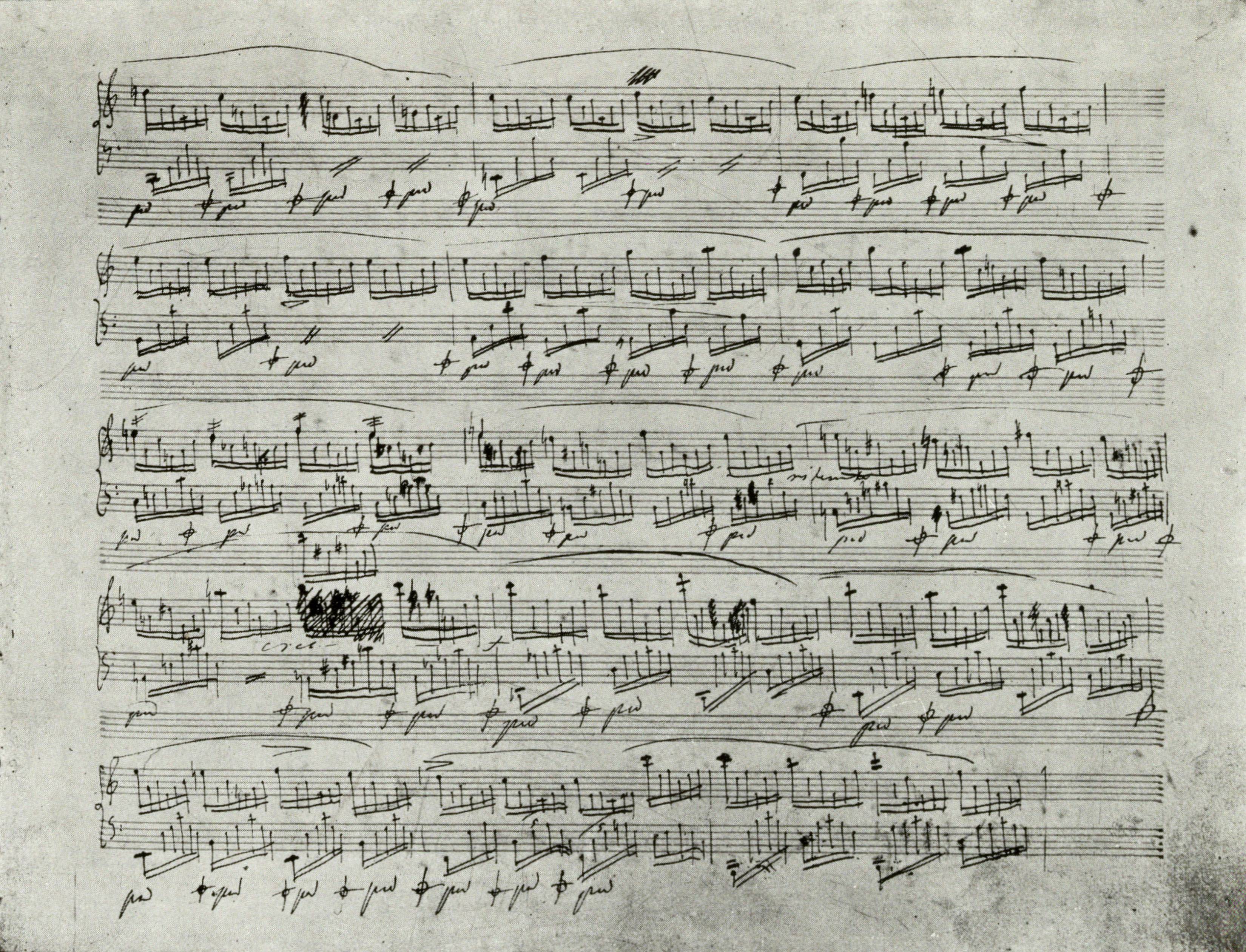



The flats lowering A and a1 to A and a
and a 1 in the last group of semiquavers were added in a proofreading of GE (it was not a routine revision, as, e.g., in bar 6, as both added signs differ in typeface from the others). The remaining sources have here A and a1. The question of authenticity of this change (as well as of the change introduced also in GE1 in bar 34) is one of the most difficult editorial problems in Chopin's pieces (see the characteristics of GE1). The version of GE, in which the combination with the next bar is smoother, thanks to a common note (a
1 in the last group of semiquavers were added in a proofreading of GE (it was not a routine revision, as, e.g., in bar 6, as both added signs differ in typeface from the others). The remaining sources have here A and a1. The question of authenticity of this change (as well as of the change introduced also in GE1 in bar 34) is one of the most difficult editorial problems in Chopin's pieces (see the characteristics of GE1). The version of GE, in which the combination with the next bar is smoother, thanks to a common note (a ), and shows signs of Chopin improvement, hence we give it as the basic one (we change the note head of A
), and shows signs of Chopin improvement, hence we give it as the basic one (we change the note head of A – in accordance with the rule valid throughout the entire Etude – in the L.H. to a bigger one; it was already performed in GE2 and GE3). There arises a question, why did Chopin not introduce such a hearable change to FE? – at the moment of occurrence of this idea, the edition could have been already finished. In turn, lack of a relevant correction in pupil's copies, FED or FES, can be explained with the fact that after a few years from completing the piece, the original, well-sounding text did not generate opposition of the composer during the lessons.
– in accordance with the rule valid throughout the entire Etude – in the L.H. to a bigger one; it was already performed in GE2 and GE3). There arises a question, why did Chopin not introduce such a hearable change to FE? – at the moment of occurrence of this idea, the edition could have been already finished. In turn, lack of a relevant correction in pupil's copies, FED or FES, can be explained with the fact that after a few years from completing the piece, the original, well-sounding text did not generate opposition of the composer during the lessons.
Compare the passage in the sources »
category imprint: Differences between sources; Editorial revisions; Corrections & alterations
issues: Authentic corrections of GE
notation: Pitch




